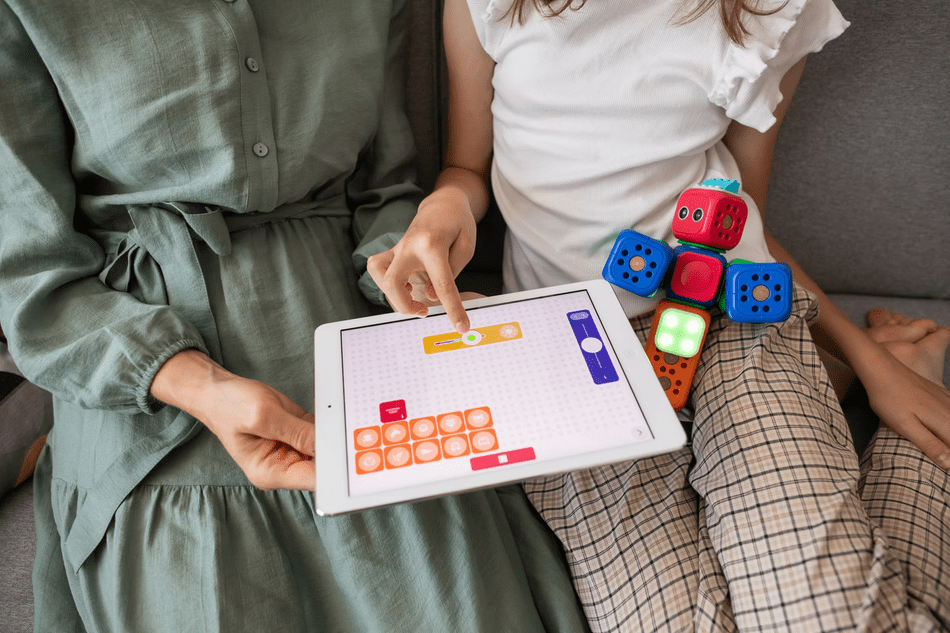Robotics is a fascinating subject that creates curiosity and innovation in a primary school student. With the growth of technology, children's minds are also diverting to the logical way. They can understand the technology and unique applications like robots more than we do.???????
Robotics has become one of the most crucial branches of science that enhances technical skills and creativity among students through recreational activities. Thus it can be extremely beneficial to include robotics in the holiday programs for primary school students.
Robotics can broaden their horizons and lead to future careers. Robotics as a science entails everything from designing a robot's construction to code development to program its tasks.
How does a teacher include robotics in education?
Using robotics in education may be attributed to teachers' efforts to establish suitable learning settings where students become stars in their knowledge creation. These are accomplished through its cognitive processes, which enable it to address the needs that develop in today's information-rich culture.
The teacher is critical in incorporating robotics in STEM school holiday activities because kids regard them as guides who strategize everything to assist them in reaching their objectives at each stage. They encourage collaboration to improve their skills and knowledge. They allow children to make their own mistakes and fix them.
Exposure to robotics is a method of making some fields of information that may be challenging for students by using technologies that help them understand, resulting in effective learning in them.
As a result, robotics has the potential to aid the interpretation of intricate topics in technology. However, it can also enable the development of fundamental skills such as teamwork, creativity, digital and presentation skills, which can create opportunities for innovation when it results in changes in people, ideas, and attitudes. Thus making it a necessary subject to include in holiday programs for primary school students.
Why is it so important to include robotics in STEM school activities?
Robotics helps students gain a better knowledge of technical concepts in a fun and easy way.
There are the following benefits of introducing robotics in holiday programs for primary school students.
- Assist with language development
- Encourages inventiveness and critical thinking by contributing to the development of fine motor skills.
- Encourages arithmetic learning and problem-solving while also teaching collaboration and sociability.
- Improves memory, concentration, and curiosity about how things function by using programming structures to evolve logical thinking abilities.
- Increases the spirit of collaboration by using a competitive strategy.
In Conclusion:
The use of educational robotics in STEM learning activities could help students to learn and understand their surroundings. It is done with the help of a teacher who promotes collaboration, enabling ownership and decision-making, and creating trial-and-error settings in which students develop solutions to the issues that come their way in the class.
As a result, we may conclude that incorporating robotics into educational programs can help a child's brain develop technical and creative skills. It improves their ability to reason, and they attempt to find answers to their questions. It uses technology to enhance students' interest in learning activities.





